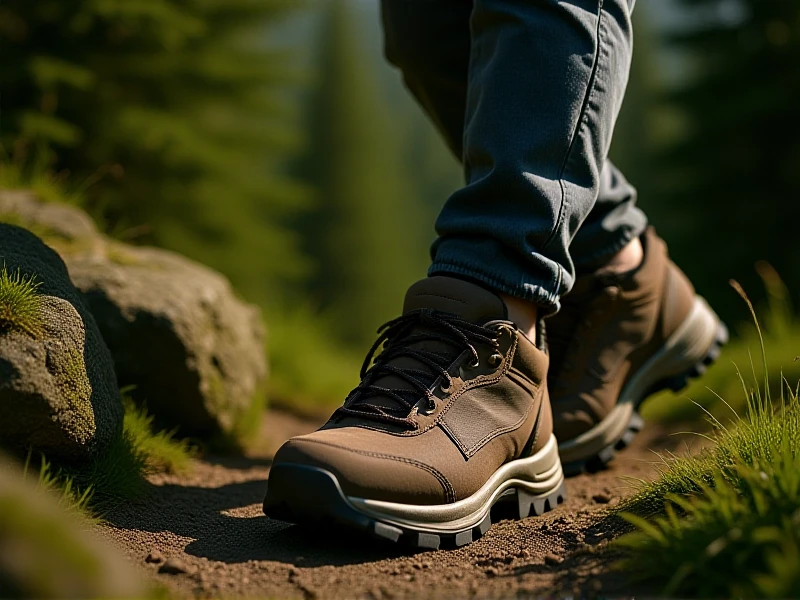The Ultimate Guide to Choosing Your Ideal Hiking Shoes

Every hike begins with your feet, and what you put on them makes all the difference between an incredible adventure and a painful slog. Hiking shoes, specifically designed for the demands of uneven trails, offer vital support, protection, and traction compared to regular sneakers. Understanding the key features helps you find the perfect match for your outdoor pursuits.
Why Hiking Shoes Matter
Conquering roots, rocks, mud, and slopes requires specialized footwear. Casual shoes lack the aggressive tread patterns necessary for unstable terrain, risking slips and falls. Hiking shoes provide superior grip, shielding your feet from impact and debris while offering essential stability for your ankles. They're lighter and more flexible than hiking boots, ideal for day trips, well-maintained trails, and drier conditions where maximum ankle support isn't the top priority.
Key Features to Consider
- Traction & Outsole: Look for deep, multi-directional lugs made of sticky rubber like Vibram®. This provides reliable bite on loose dirt, wet rocks, and slippery surfaces. The lug depth depends on terrain – deeper for mud, shallower for packed trails.
- Support & Stability: A stiff shank (often made of nylon or composite material) in the midsole prevents foot fatigue on rocky trails by reducing flex. A secure heel counter locks your foot down, enhancing stability. Mid-height versions offer slightly more ankle support than low-tops.
- Cushioning & Protection: Ample cushioning absorbs shock, especially on downhill sections and rocky paths. A protective toe cap (rubber bumper) shields your toes from stubs. The sole's rock plate protects the footbed from sharp objects.
- Fit & Comfort: Comfort is non-negotiable. Your toes need wiggle room to prevent downhill bruising, while the heel must hold firmly. Consider your foot shape (narrow, wide, high arch) and try shoes on later in the day when feet swell. Wear your regular hiking socks! Break them in on short walks before tackling long hikes.
- Waterproofing & Breathability: Waterproof membranes like Gore-Tex® keep feet dry in wet grass, puddles, and light rain. However, they can be less breathable. Non-waterproof mesh hiking shoes offer excellent breathability for hot, dry conditions where creek crossings are brief. Choose based on your climate and typical hikes.
Finding Your Path to Comfort
The "best" hiking shoes depend entirely on you. Assess the terrain you frequent (rocky, muddy, desert, forest paths), the weight of your pack, and your personal comfort preferences. Visit a reputable outdoor store for expert fitting. Your feet handle every step; investing in quality hiking shoes unlocks safer, longer, and far more enjoyable adventures. Lace up the perfect pair and confidently explore your next trail.